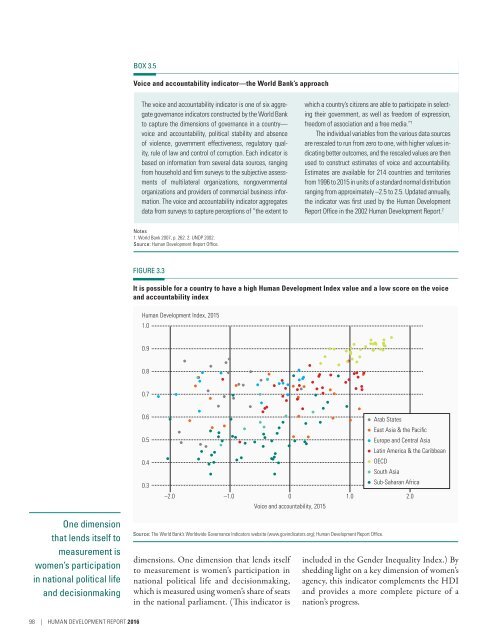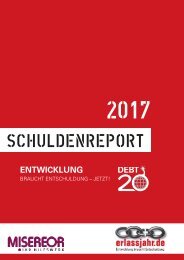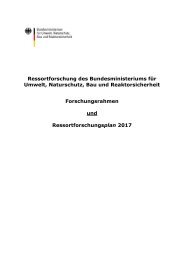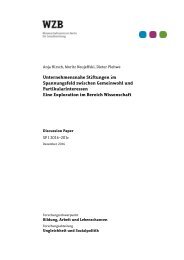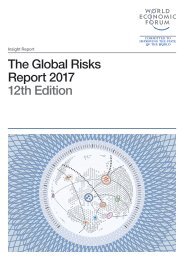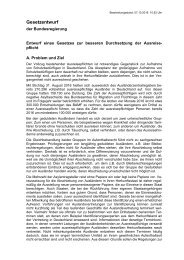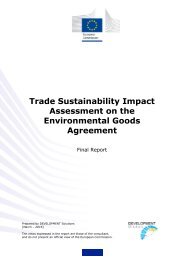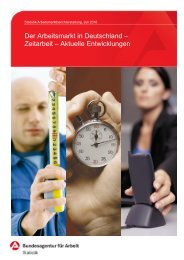Human Development Report 2016
6Tyccfrzw
6Tyccfrzw
You also want an ePaper? Increase the reach of your titles
YUMPU automatically turns print PDFs into web optimized ePapers that Google loves.
BOX 3.5<br />
Voice and accountability indicator—the World Bank’s approach<br />
The voice and accountability indicator is one of six aggregate<br />
governance indicators constructed by the World Bank<br />
to capture the dimensions of governance in a country—<br />
voice and accountability, political stability and absence<br />
of violence, government effectiveness, regulatory quality,<br />
rule of law and control of corruption. Each indicator is<br />
based on information from several data sources, ranging<br />
from household and firm surveys to the subjective assessments<br />
of multilateral organizations, nongovernmental<br />
organizations and providers of commercial business information.<br />
The voice and accountability indicator aggregates<br />
data from surveys to capture perceptions of “the extent to<br />
which a country’s citizens are able to participate in selecting<br />
their government, as well as freedom of expression,<br />
freedom of association and a free media.” 1<br />
The individual variables from the various data sources<br />
are rescaled to run from zero to one, with higher values indicating<br />
better outcomes, and the rescaled values are then<br />
used to construct estimates of voice and accountability.<br />
Estimates are available for 214 countries and territories<br />
from 1996 to 2015 in units of a standard normal distribution<br />
ranging from approximately –2.5 to 2.5. Updated annually,<br />
the indicator was first used by the <strong>Human</strong> <strong>Development</strong><br />
<strong>Report</strong> Office in the 2002 <strong>Human</strong> <strong>Development</strong> <strong>Report</strong>. 2<br />
Notes<br />
1. World Bank 2007, p. 262. 2. UNDP 2002.<br />
Source: <strong>Human</strong> <strong>Development</strong> <strong>Report</strong> Office.<br />
FIGURE 3.3<br />
It is possible for a country to have a high <strong>Human</strong> <strong>Development</strong> Index value and a low score on the voice<br />
and accountability index<br />
<strong>Human</strong> <strong>Development</strong> Index, 2015<br />
1.0<br />
0.9<br />
0.8<br />
0.7<br />
0.6<br />
0.5<br />
0.4<br />
0.3<br />
–2.0 –1.0 0<br />
Voice and accountability, 2015<br />
Arab States<br />
East Asia & the Pacific<br />
Europe and Central Asia<br />
Latin America & the Caribbean<br />
OECD<br />
South Asia<br />
Sub-Saharan Africa<br />
1.0 2.0<br />
One dimension<br />
that lends itself to<br />
measurement is<br />
women’s participation<br />
in national political life<br />
and decisionmaking<br />
Source: The World Bank’s Worldwide Governance Indicators website (www.govindicators.org); <strong>Human</strong> <strong>Development</strong> <strong>Report</strong> Office.<br />
dimensions. One dimension that lends itself<br />
to measurement is women’s participation in<br />
national political life and decisionmaking,<br />
which is measured using women’s share of seats<br />
in the national parliament. (This indicator is<br />
included in the Gender Inequality Index.) By<br />
shedding light on a key dimension of women’s<br />
agency, this indicator complements the HDI<br />
and provides a more complete picture of a<br />
nation’s progress.<br />
98 | HUMAN DEVELOPMENT REPORT <strong>2016</strong>


